The desire to connect with other people like us has been the driving force of queer media since the very first lesbian magazine of all time, Lisa Ben’s short-lived Vice Versa, which was distributed for free, by hand, from one lesbian to another. But the means of funding these connections has been an everlasting thorn in our ample sides. Like most activism, those who do it; do it for free. But when it comes to zero-profit publishing, there can be an expiation date on devotion. Unlike, say, organizing political protests, there’s something specifically frustrating about lesbian media being a thing we do for free ’cause we love it and want to build community while more empowered demographic groups are doing all that for the same reasons AND getting paid. Time is, as they say, money. We need time or we need money and money can buy time so money, of the two, seems like the best thing to get. But we tend to be short on money, as a group, and so, you know: time!
And this is what we see when we look backwards: women who worked their fucking asses off to bring lesbians together, to get important information to people who needed it, to spread revolutionary ideas about what it means to be a woman, a lesbian, a feminist, a citizen, queer. To remind people that they were not alone. We have done this in one of two basic ways:
1. A magazine/newsletter will fund its own printing by selling copies but will not be able to pay its writers or editors.
1a. All of that, except writers will be paid a very small amount and/or one editor will be paid a full-time sum that enables them to live just barely
1b. All of that, except they will also be funded by donations, one wealthy donor, or via the lining of their very own pockets.
This formula, which’s what you see during the beginning of lesbian-media making and throughout the lesbian publishing renaissance of the mid-’70s, works until everybody involved burns out or moves on. These independent magazines were produced on the cheap by and for the communities they served, led by collectives or collective-minded versions of traditional editorial structures. On page two of this post we’ll look at some that are still around.
2. A magazine will fund its existence with advertising or events and often also subscriptions.
Prior to the late ’80s/early ’90s, Jeanne Córdova’s Lesbian Tide was really the only queer rag to pull this feat off. Although some companies were willing to pony up for the gay dollar, interest in the lesbian dollar remained low-level until a spate of glossies emerged to cash in on what seemed like a promising financial future — with mixed results. Meanwhile, many community members resented the abandon of a political bent in favor of celebrity interviews and mainstream-compliant covers that were more attractive to advertisers.
So if we look at lesbian media in these stages: the early days when anything was enough, the ’70s when lesbian media spread the word on lesbian feminism, separatism and radical politics, the ’80s and early ’90s when LGBT Civil Rights movements and AIDS awareness dominated the press, the mid-to-late ’90s and ’00s where media was de-politicized and more mainstream-friendly while the internet began its quiet game-changing revolution of connecting far-flung queers to each other in droves and forming community like we’d never imagined all those years ago… and then we have now.
What is now? What is this moment? We’ve lost most of the smaller lesbian blogs, we’ve seen SheWired and then AfterEllen shutter. Lesbian.com aggregates news from other sources while The Huffington Post, Buzzfeed, Vice, Mic and Fusion are paying queer people good money to write for verticals with straight and gay readerships. Some strong publications survive — including some very old non-profits like Sinister Wisdom and The Lesbian Connection as well as for-profits like Curve and The Lesbian News— but as far as I know, none are paying robust full time staffs from advertising dollars alone. Now is when everybody is asking if queer media remains necessary and we are answering yes, and we are doing so loudly, and we are supporting our own, because nobody else will. That’s my now. I want it to be yours too.
Now let’s look at where we started, shall we?
This list is by no means comprehensive. There are hundreds more, undoubtedly, but I was looking to provide an overview of what was out there while hitting most of the major ones. It’s also specific to United States publications.
Much credit here is owed to Unspeakable: The Rise of the Gay and Lesbian Press in America, which was my primary source for most of this information, along with copies of the publications themselves.
1. Vice Versa (June 1947- February 1948)
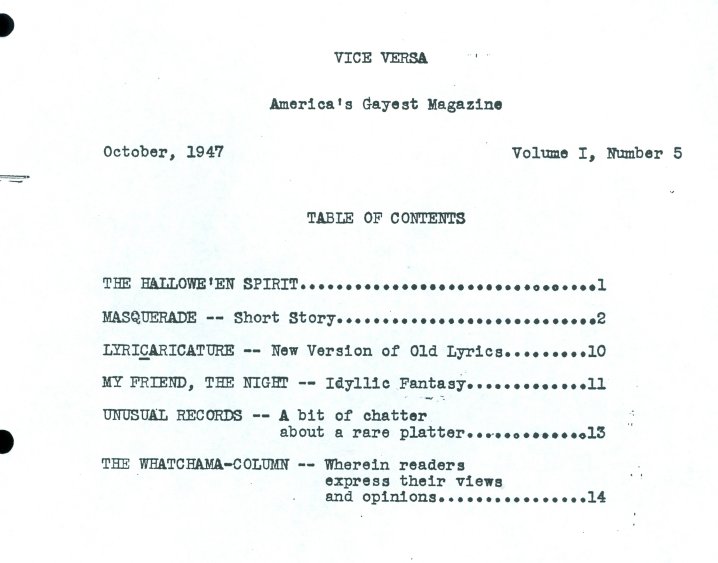
It all started with Vice Versa, subtitled “America’s Gayest magazine.” Launched in 1947 in Los Angeles, the magazine was headed up by a secretary who went by the name “Lisa Ben” and produced the magazine at the office she worked in. Ben hand-typed the magazine using a manual typewriter and created multiple copies by writing on carbon paper. Ben didn’t want to sell Vice Versa, she just handed it out to her friends with instructions: “When you’re through with it, please pass it on to another lesbian.” The mag, which mostly discussed books and music, was suspended after nine issues when Ben moved on to a different job that didn’t give her the same access to office supplies.
2. The Ladder (1956 – 1972)
Lesbian activist group The Daughters of Bilitis, founded by Phyllis Lyon and Del Martin, debuted The Ladder in October of 1956. The first issue included reassurances from an attorney that lesbians had nothing to fear in joining DOB or subscribing to the magazine — at that time it was still very dangerous to be “out.” It began as a 12-page newsletter of book reviews, news, poetry, short stories and DOB meeting notes distributed to 175 friends and medical professionals and eventually established nationwide distribution. A $100,00 grant floated the group for a while, but published its last issue in August/September 1972. Then-editor Barbara Grier would later note that “no woman ever made a dime for her work, and some … worked themselves into a state of mental and physical decline on behalf of the magazine.”
Historian Marcia Gallo: “For women who came across a copy in the early days, The Ladder was a lifeline. It was a means of expressing and sharing otherwise private thoughts and feelings, of connecting across miles and disparate daily lives, of breaking through isolation and fear.”
3. Focus: A Journal for Lesbians (1970 – 1983)
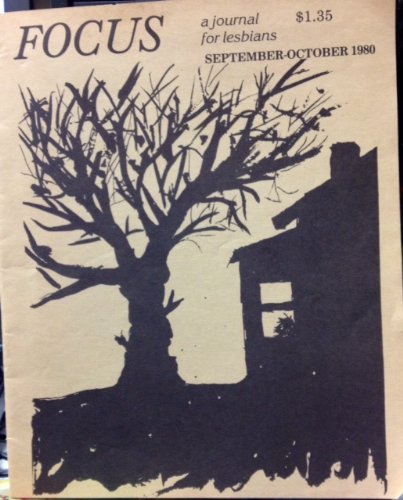
Beginning as Focus: A Journal for Gay Women in 1970, the official publication of the Boston chapter of Daughters of Bilitis offered subscriptions to its monthly magazine for $3.50 a year — $4.50 if you needed it delivered in a brown wrapper. The publication became Focus: A Journal for Lesbians in 1977, and shifted its focus from LGBT rights to more literary material, run by five volunteers with “no office, no equipment, no files… no capital, no paid or professional help… and precious little experience.” After 13 years in business, Focus made one final plea for financial support before closing up shop, citing fatigue and “coming to grips with their financial situation.”
4. Ain’t I A Woman (1970 – 1974)
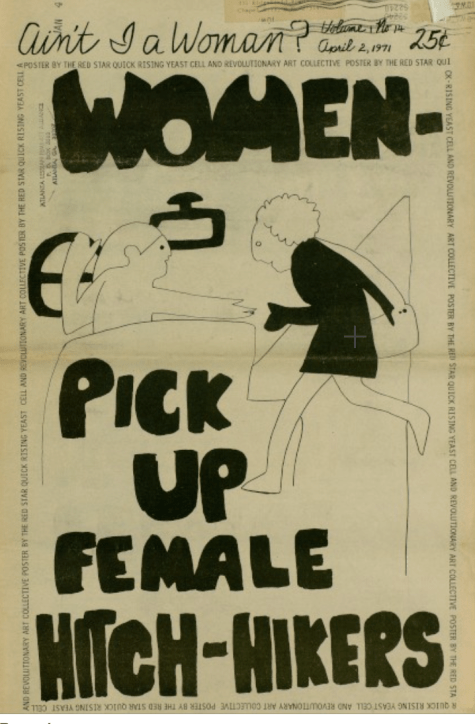
Ain’t I A Woman was headquartered in Iowa City and published bi-monthly, focusing on separatist politics, misandry, and poetry.
5. The Lesbian Tide (1971 – 1980)
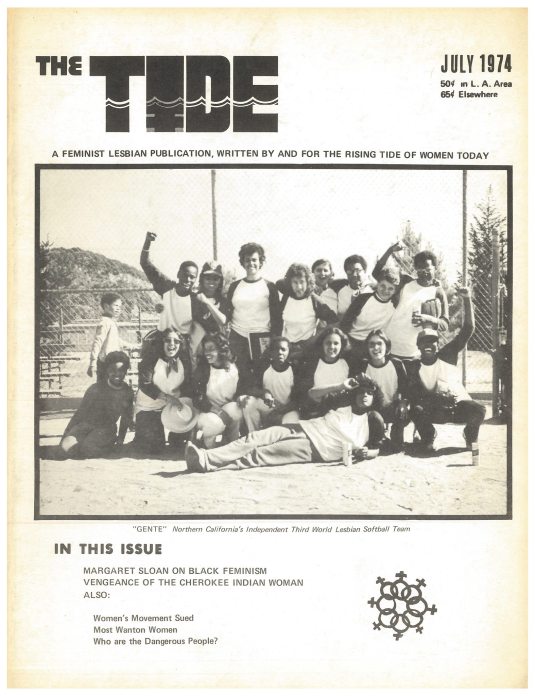
Explicitly lesbian feminist magazine The Lesbian Tide was birthed from the Los Angeles DOB chapter, but in 1972, the publication’s young radicals split from elder DOB activists and made The Lesbian Tide entirely their own, with journalist Jeanne Córdova as editor. Her aim was to serve women how The Advocate was serving gay men. Starting with about 100 readers, by 1977 the magazine had a circulation of 3,000 and was sold in eighty bookstores. The Lesbian Tide covered a myriad of issues and topics: politics, education, butch/femme roles, motorcycle racing, lesbian music, the Goddess movement, non-monogamy and dyke separatism. They hosted events, formed a softball team, and the staff of The Tide were key organizers of the 1973 National Lesbian Conference in Los Angeles.
Many of the early publications on this list were run as “collectives,” a process which had its benefits but also mostly impeded accomplishment. The Lesbian Tide experimented with this before deciding on a more traditional structure, which enabled the publication to grow. “If you’re going to survive, you have to make decisions, right or wrong, and get on with it,” Córdova says in Unspeakable. “You don’t always have time to sit down with a dozen other women and talk it out. You have to do it.”
The Tide, in fact, was “financially solvent, though by no means wealthy,” by the time Córdova packed up in 1980. She’d spearheaded “the first financially viable news outlet in the history of Lesbian America” before deciding she was ready for new projects.
6. Lavender Woman (1971-1976)
Lavender Woman is another winner of the Most Misandry award for treating the word “man” and “prick” as synonymous and telling its readers, “the male child of a lesbian feminist will become a man with the same male privilege as a boy raised to be sexist. Therefore, lesbians should give up their male children.”
7. Amazon: A Midwest Journal for Women (1971-1984)
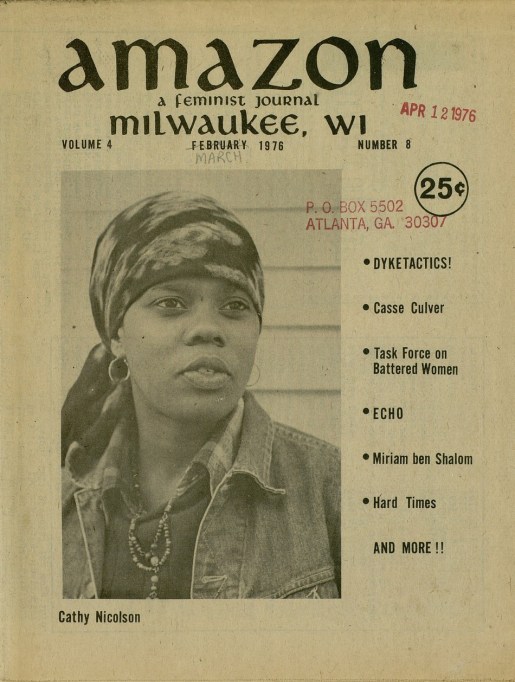
Published in Milwaukee, Amazon included news, interviews, photos, community events, history and lots of softball-related material.
8. The Furies (1972-1973)
The Furies began as a collective, initiated by twelve women in D.C. — including Charlotte Bunch, Rita Mae Brown and Joan Biren — during the spring of 1971. They began distributing The Furies: Lesbian/Feminist Monthly in 1972, throwing their hats in the ring for the cause of “challenging existing patterns of living and behavior” and “providing an articulate ideology and challenging analysis of sexism, patriarchy, and the challenges facing lesbian feminists across the country.” Bunch, when outlining the plan to initiate a women-lead revolution via newsletter, reminded her sisters to “have fun so we do not go mad in male supremacist, heterosexual Amerika.” In addition to herstory, political writing, social critique and anti-capitalist manifestos, The Furies published poetry by women like Pat Parker and Judy Grahn, photography by the aforementioned JEB and once even ran a piece by Gertrude Stein. Historian Julie R. Enzer has written that “the women in the organization wanted to understand sexism and its internecine relationship with classism, racism, capitalism, and imperialism. They wanted to intervene in society to build a world that was different, a world that was based on a new set of values.”
9. Amazon Quarterly (1972 – 1975)
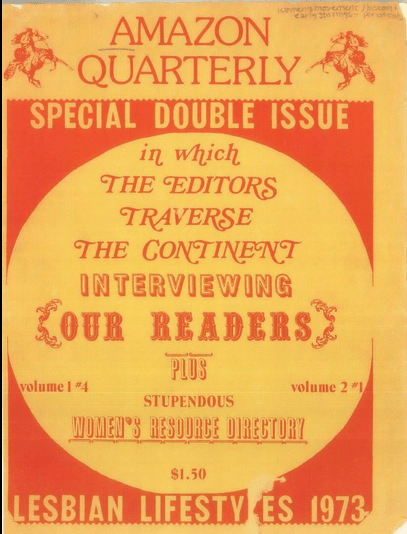
Of the 50 lesbian publications that existed in 1975, Amazon Quarterly — started by fans of The Ladder — had the widest circulation at 9,000, which enabled editors to pay their writers, but not themselves. With an intent to be “less political” than The Ladder, Amazon Quarterly published 72 pages of writing aiming to “explore… what might be a female sensibility in their arts” and give a space for “lesbians to explore whatever else is on their minds.”
10. Better Homes and Dykes (1972-1982)
Produced by the Iowa City lesbian alliance, Better Homes & Dykes published editorials, community information and satirical essays. “No longer content with being in the Shadows of the Feminist Movement, much less shadows to each other,” they wrote in their first issue, “Better Homes and Dykes is for all lesbians here in Iowa City and elsewhere.”
11. So’s Your Old Lady (1973-1979)
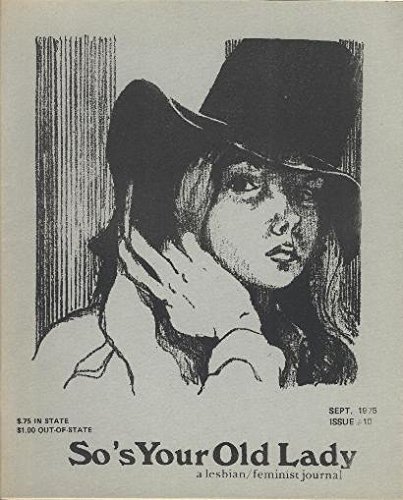
Published in Minneapolis, SYOL published photoessays of lesbian volleyball players as well as a diverse range of fiction and poetry. The staff also hosted writing workshops for local lesbians.
12. The Lesbian Feminist (1973-1979)
The Lesbian Feminist was based in New York City and had a decidedly political bent; they were picked to publish the Lesbian Feminist Liberation’s list of demands for the Museum of Natural History’s female invisibility problem.
13. DYKE: A Quarterly (1975-1978)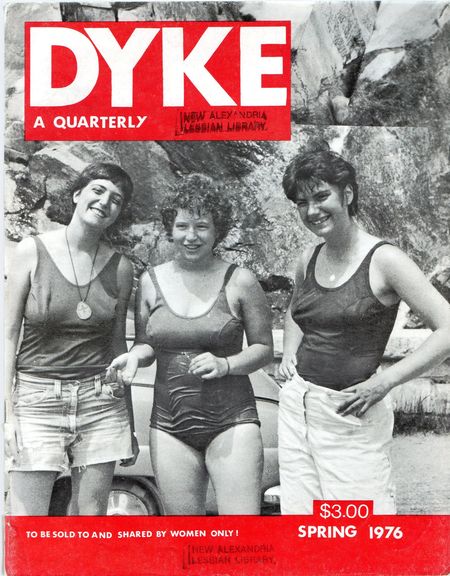
In 1975, Liza Cowan and Penny House —best friends since the age of four — launched DYKE magazine. They were in their mid-twenties, living in New York, and wanted to be part of the burgeoning cultural conversation around lesbianism, and lesbian separatism in particular. Unlike The Ladder, which was for lesbians but also aimed to persuade medical professionals that homosexuality was okay, DYKE Magazine was proudly against “telling the straight world what we are doing. In fact, we hope they never even see the magazine. It is none of their business. If they chance to see it, we hope they will think it is mindless gobbledegook. We are already thinking in ways that are incomprehensible to them.”
The magazine made it through six issues of “theoretical politics, live events, place, current and past history, media, fashions, music, home economics, literature, animal lore, health, applied sciences and gossip” before closing. It comes complete with the angry lesbian commenters, a mainstay in lesbian media to this very day.
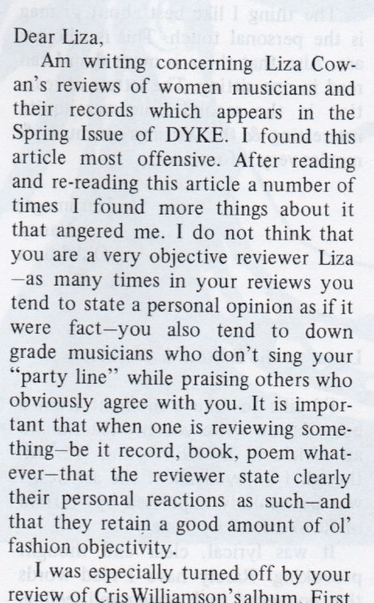
a letter to the editors of dyke magazine
14. Salsa Soul Gayzette (1976-1985)
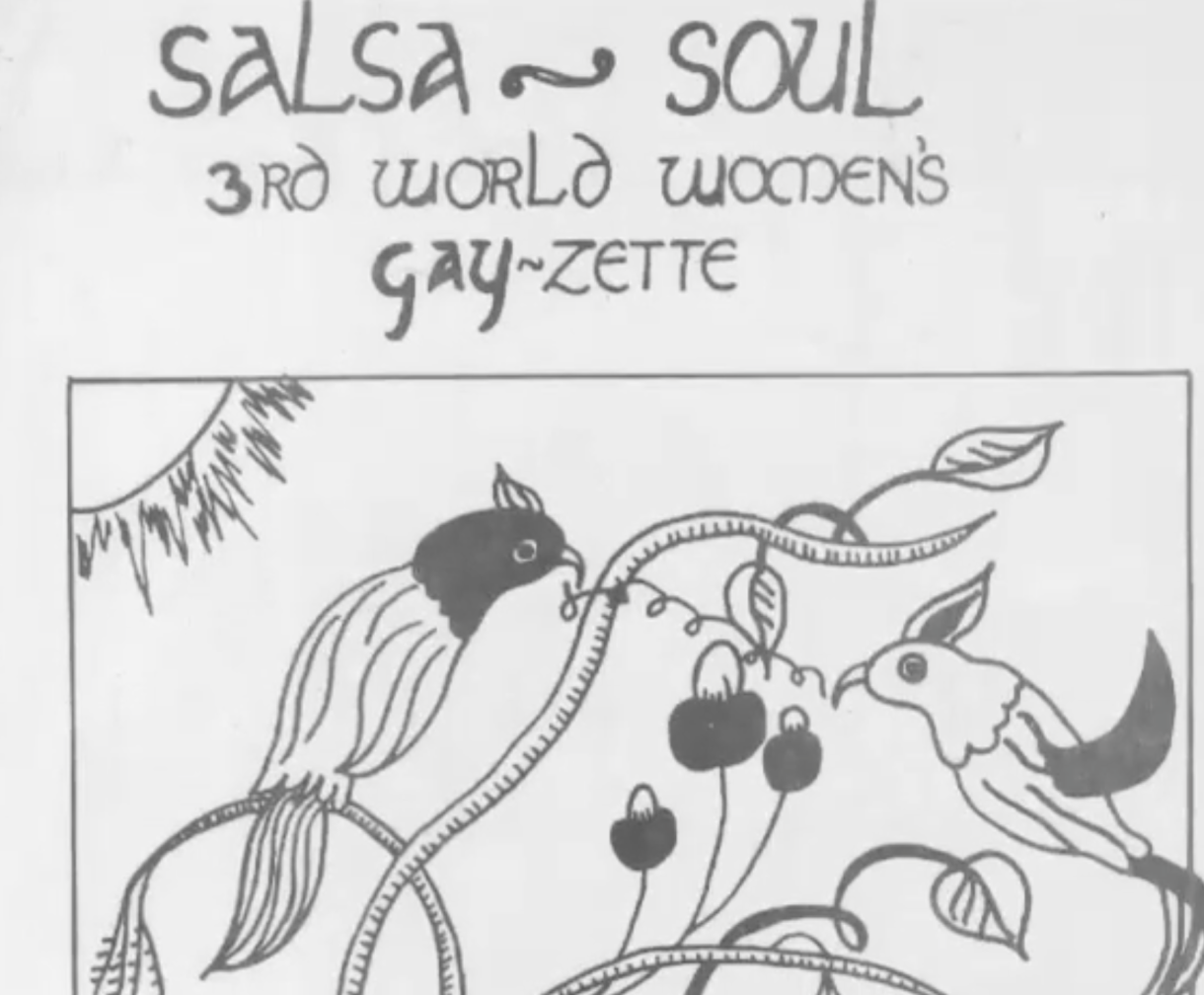
screenshot via For Each Other: The Salsa Soul Sisters by Alexis Pauline Gumbs vimeo
The Salsa Soul Sisters/Third Word Wimmin Inc Collective grew out of the Black Lesbian Caucus of the Gay Activist Alliance, officially splitting from the fathership in 1974 and inviting Latina women to join. The Salsa Soul Gay-zette reflected a coming together of both groups. “There was no other place for women of color to go and sit down and talk about what it means to be a black lesbian in America,” said original collective member Candice Boyce. SSS aimed to provide a political and social alternative to the discrimination and exploitation of people of color they experienced in lesbian bars. Chirlane McCray, the wife of current New York City mayor Bill Deblasio, was briefly an editor of the Salsa Soul Gayzette.
15. The Leaping Lesbian (1977-1981)
“Leaping Lesbian in Ann Arbor, Michigan reached only a few hundred readers and survived only three years,” writes Roger Streitmatter in Unspeakable, “but it also raised the consciousness of untold numbers of lesbians to the reality that the new Right was not, in fact, right.”
16. Tribad: A Lesbian Separatist Newsjournal (1977-79)
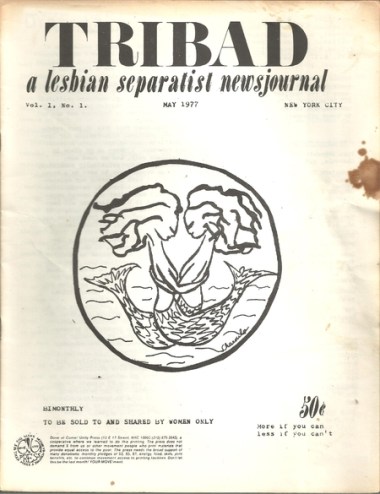
Tribad’s legacy includes a frank and honest look at lesbian sexuality and its open critique of mainstream feminism’s focus on white women and exclusion of issues important to women of color. Tribad published drawings of nude women, called for “armed combat to overthrow the white male dictatorship” and promoted the idea of lesbian-only communities.
17. Azalea: A Magazine by Third World Lesbians (1977-1983)
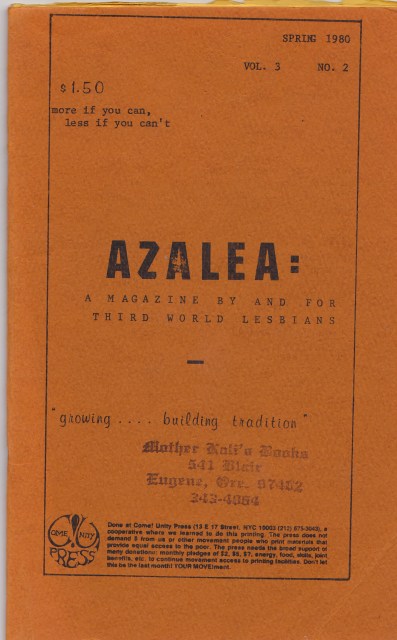
“An enormous need exists for 3rd world lesbians to communicate among ourselves,” declared the editors of Azalea, who’s editorial policy was to publish whatever they were sent, without editing, and pay in magazine copies. Azalea was also birthed out of The Salsa Soul Sisters/Third Word Wimmin Inc Collective.
18. Pearl Diver (1977-1978)
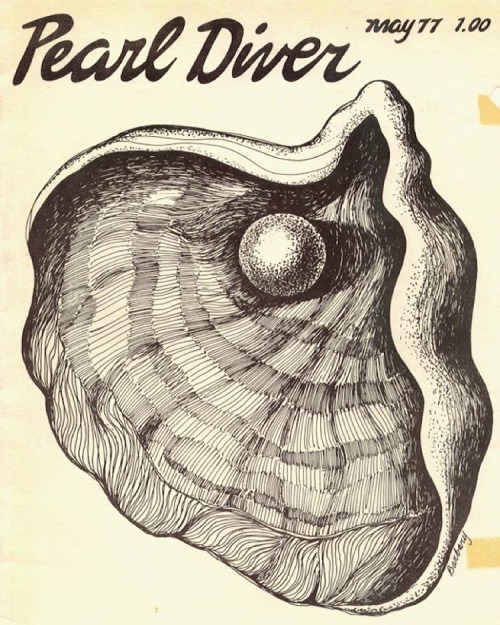
via herstory
Published out of Portland, this black lesbian magazine declared itself “a public meeting place for open discussion — a blank page for the lesbian community to share the interests and issues, communication, analysis and news of our lesbian lives.”
19. Common Lives/Lesbian Lives (1981-1996)
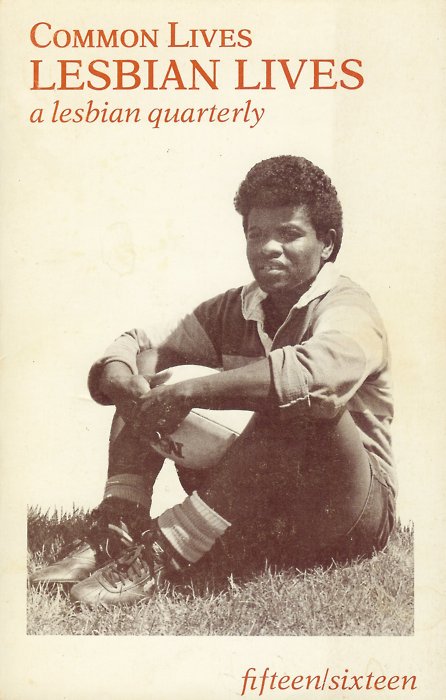
Yet another publication from the apparent lesbian hub of Iowa City, CL/LL was a collectively produced publication who focused on presenting a diverse range of voices launched by eight lesbian friends who fled Los Angeles for the midwest in 1980. Due to its intent to only publish lesbians, a heterosexual woman denied an internship and a bisexual woman denied publication registered complaints with the Iowa Human Rights Commission about CL/LL. At its peak, CL/LL boasted 2,500 subscribers, and shut down when its distributor, Inland, declared bankruptcy and the mag was unable to raise enough financial support on its own.
20. Big Apple Dyke News (B.A.D News) (1981- 1988)
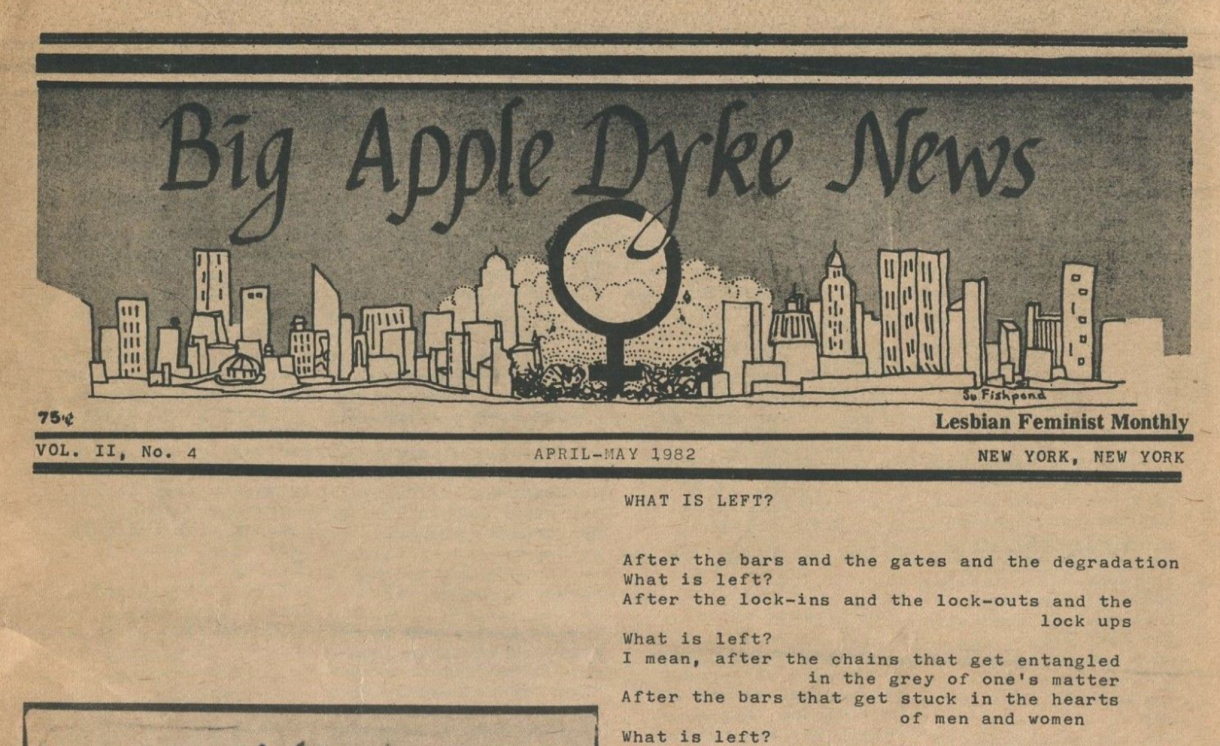
B.A.D. boasted an anti-establishment ethos, but also was stricter about the quality of its submissions and was one of the first LGBTQ publications to syndicate AP or Wire stories. Based in New York and lacking a budget to send reporters cross-country, B.A.D. prioritized bringing its readers all the relevant news on LGBT Civil Rights issues over ensuring all its voices were gay ones. Plus, fundamentalist activists wouldn’t speak to gay reporters, but gay people needed to know what was being said about them. Nevertheless, publications targeting LGBT people or men usually could afford to put their own people on the ground. Women: finding a way to make it work since 1947!
21. ONYX: Black Lesbian Newsletter (1982-1984)
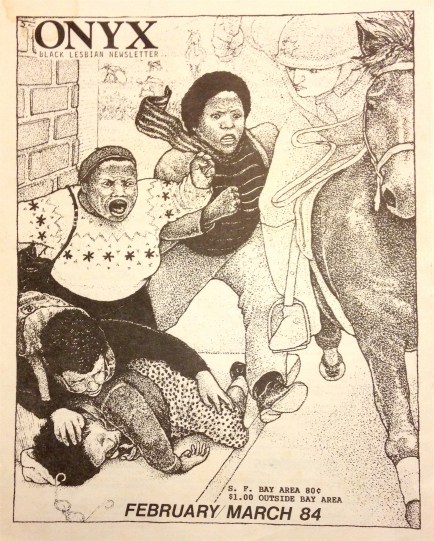
This newsletter was one of three Bay Area publications devoted to black lesbians within the past two decades. Issues included poems, drawings, political perspectives, book reviews, photographs, event listings, personals and business listings.
22. On Our Backs (1984-2006)
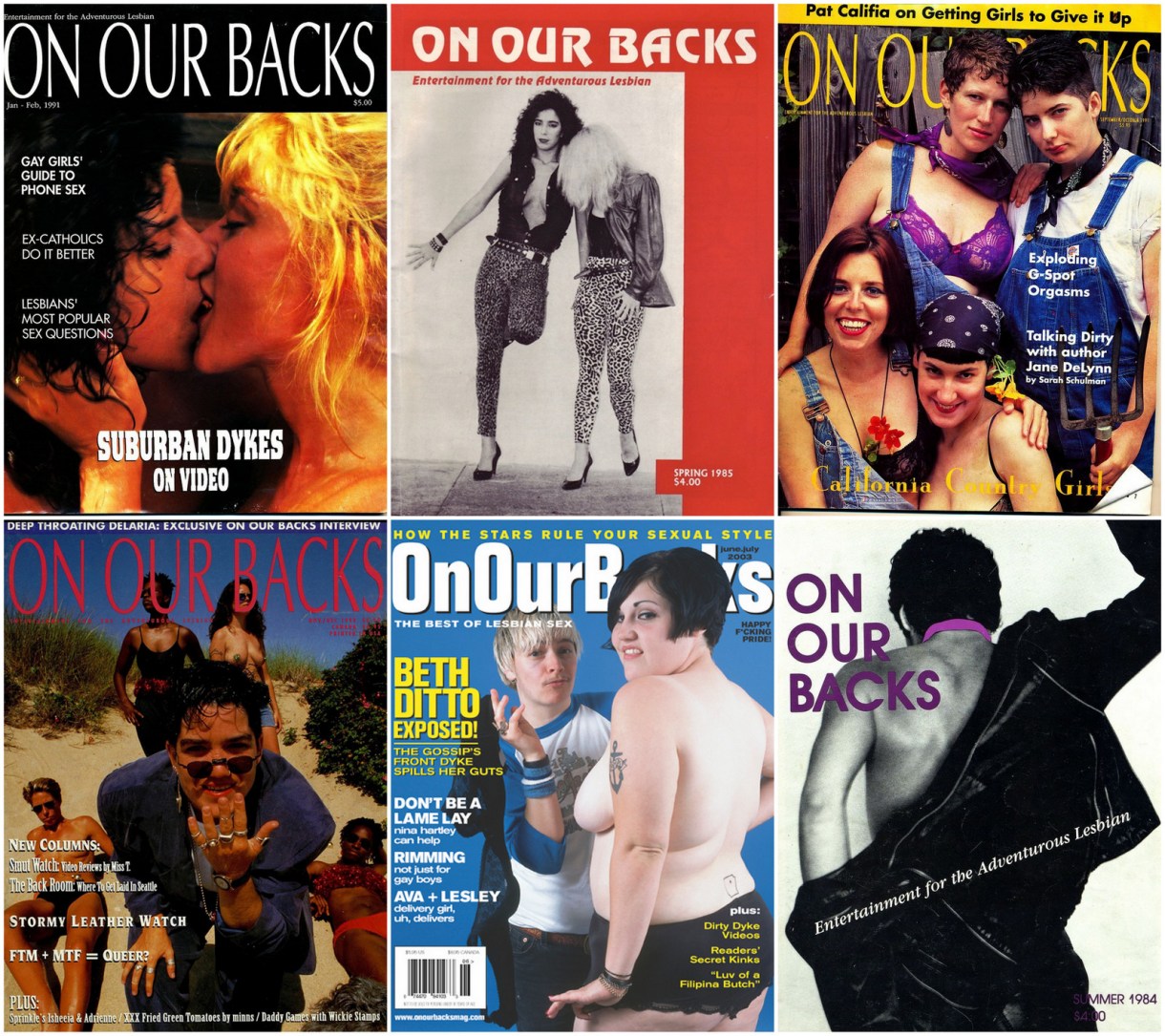
In the ’80s, a divide rose up in lesbian culture and the press between those we’d now label “sex-positive” and lesbian feminists who were against practices like BDSM, using phallic sex toys and watching/making porn. On Our Backs was on the pro-sex side when it became the first-ever women-run erotica magazine. The title was a nod to off our backs, a feminist magazine that was not as “sex-positive.” On Our Backs featured fiction, non-fiction and photography of a diverse range of women, with writers like Dorothy Allison, Jewelle Gomez, Sapphire, Susie Bright, Patrick Califia, Tee Corinne, and Joan Nestle. I picked up my first copy two years before it ceased publication altogether! “We taught the world how to use a strap-on,” Susie Bright revealed in her “short history” of the magazine. “We made sex fun and smart for women, something that was entirely in a female self-interest. It went way beyond homosexuality, it was really feminist sex liberation.” They went bankrupt in ’96, were purchased by lesbian-owned H.A.F. Publishing in ’96, began re-publishing in ’98, and closed for good in 2006.
23. Hot Wire Journal (1984-1994)
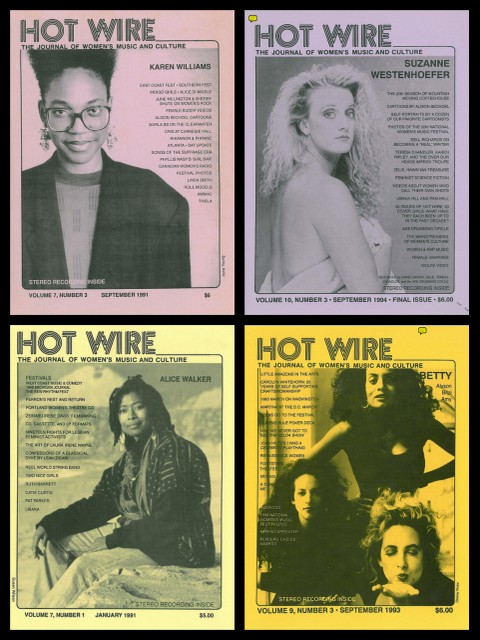
Described as “the essential publication to read during the 1980’s and 90’s” which “reported on and documented a movement and an era,” Chicago-based HOT WIRE launched in 1984 — their debut issue featured comedian Kate Clinton — and raged on for ten years under publisher/editor Toni Armstrong Jr., with subsequent cover stars like Alix Dobkin, Alice Walker, Alison Bechdel, Audre Lorde, Cris Williamson and Holly Near. The magazine specialized in “women-identified music and culture, primarily the performing arts, writing/publishing, and film video,” reflecting the importance and centrality of the Women’s Music Movement to lesbian culture during that time. The front-of-book section HOTLINE functioned like a lesbian craigslist — announcing recipients of grants, providing info on how to help a lesbian couple whose house recently burned down to the scoop on political and social actions, bookstore openings, publications, films, and local meet-up groups for various special interests. The January 1992 issue includes news on the Madonna fanclub, the Montreal World Film Festival, The Lesbian Herstory Archives fundraising, a trivia contest, Thelma & Louise, same-sex partner immigration in New Zealand, Lily Tomlin, The Women’s Motorcycle Festival and an auction of Frida Kahlo’s “Self-Portrait with Loose Hair,” among many other things.
When Toni Armstrong launched the magazine, she committed to producing it for no less than ten years, and when those ten years were up she made the tough decision to close the publication — citing a need for time, money and sleep and also her “acceptance of the fact that we’re nearing the end of an era.”
24. Anamika (1985-1987)
Three issues of Anamika were published by its Brooklyn lesbian collective before the publication shut down. The first publication for South Asian lesbian and bisexual women, Anamika wanted to “provide a forum for debating and discussing the practical, political and theoretical issues that face South Asian lesbians” by publishing work like creative writing, info on homosexuality-related laws in South Asian countries, and the stories of individual lesbians. Women in South Asia could request a copy for free, and U.S residents could get all three issues for $5.
25. Dykes, Disability and Stuff (1988 – 2001)
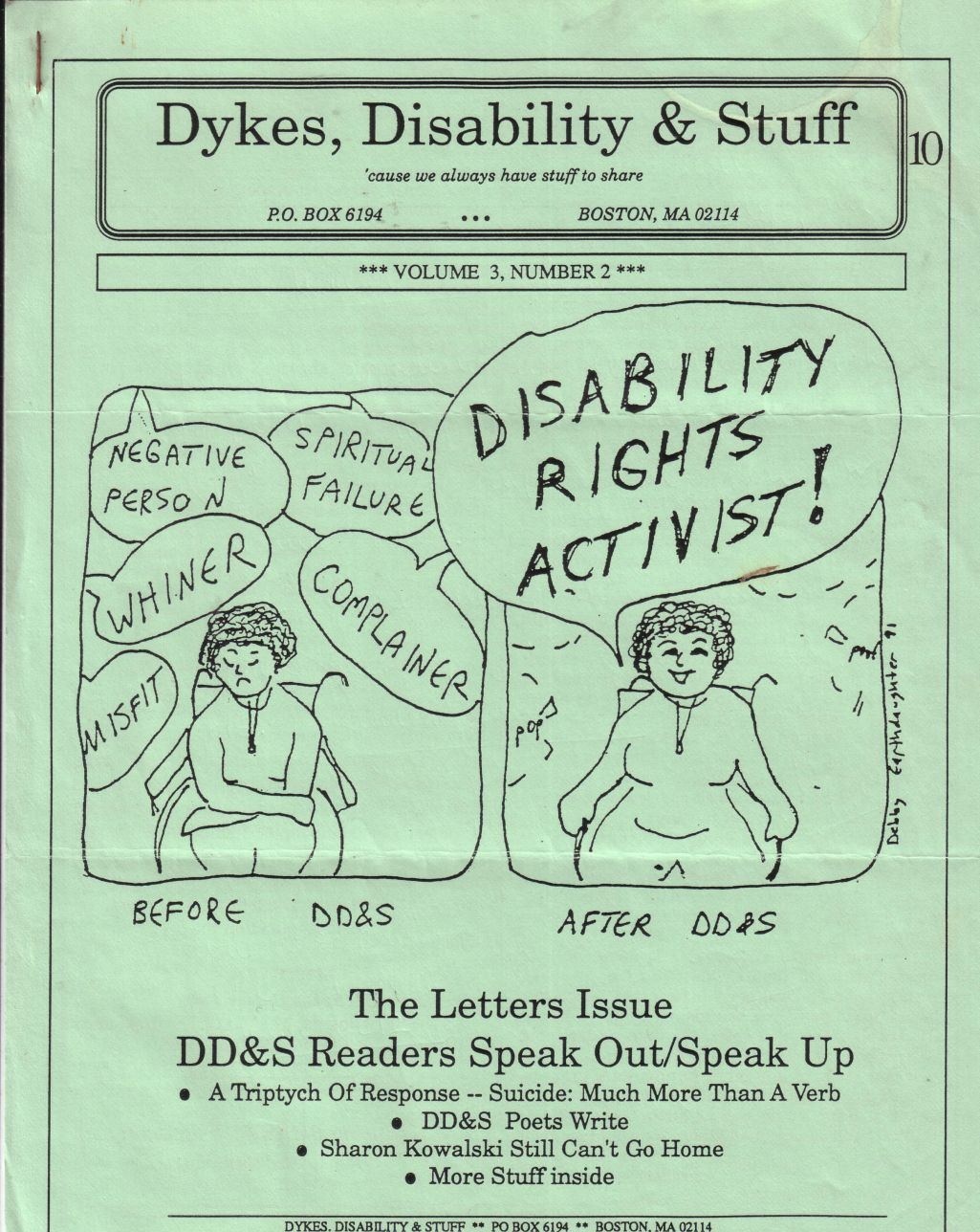
via women’s library
This newsletter was the first to focus entirely on the needs of disabled lesbians, publishing art, news, opinion and prose as well as crucial health and wellness information. Efforts were made to make it as accessible as possible, with editions published in audiotapes, large print and Braille.
26. OutWeek (1989-1991)
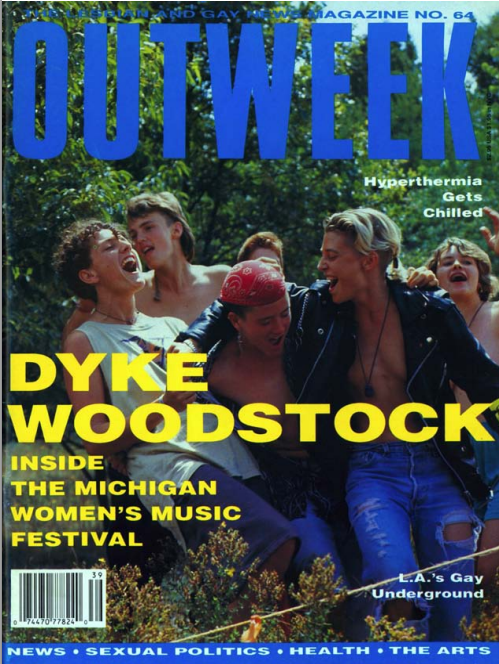
OutWeek is the one of two publications I included on this list that were not just for women — but it’s included here because it’s basically the only publication in LGBTQ history to always make a concerted effort to devote equal space to women’s and men’s issues, even when doing so hurt sales. The magazine was edgy, radical and progressive, with close ties to AIDS activist group ACT UP and practices like using the word “queer” and outing gay and lesbian celebrities. Allison Bechdel’s Dykes to Watch Out For debuted in OutWeek. This envelope-pushing didn’t win over many advertisers, though, so the publication was short lived.
27. Anything That Moves (1990-2002)
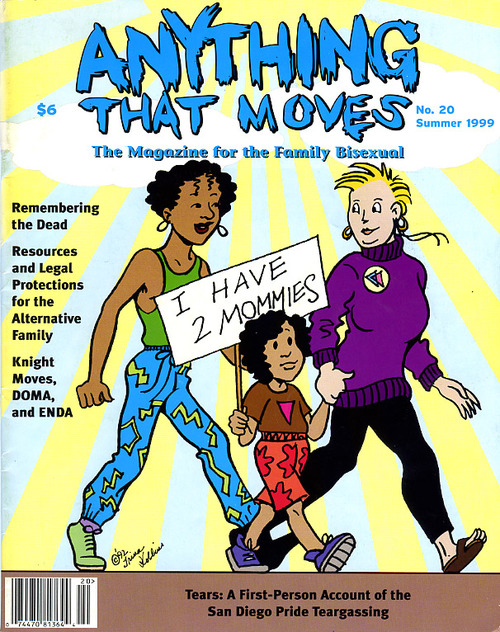
Published quarterly by the Bay Area Bisexual Network, this non-profit publication staffed by volunteers was for bisexual men and women. Themed issues focused on topics like Sex Work, Trans-Bi relations and Families, featuring work from a variety of genres. They stopped updating their website in 2004.
28. Girljock: The magazine for the athletic lesbian with a political consciousness (1990 – 2006?)
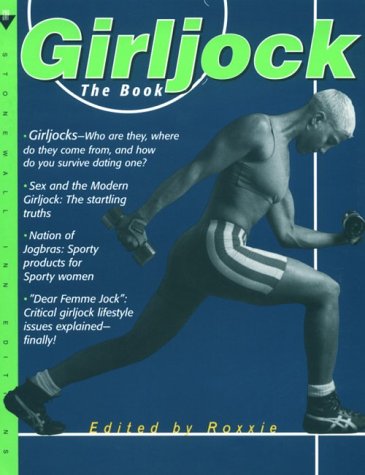
Girljock started out as a small photocopied fanzine from a girl who “imagined a magazine that would discuss a mixture of sports, questions about being a lesbian athlete, questions about being female in the masculine sporting universe, crushes on the field, and more.” Her manifesto announced, “Fuck the Well of Loneliness, Goodbye to all that. We’re here to have fun.” After a positive write up in the San Francisco Weekly, Girljock took offf, eventually becoming a full-sized color-cover magazine distributed by a large company who apparently had significant advertiser interest, too. A Girljock anthology was published in 1998, and although I can’t find evidence of any print issues existing beyond that point, their website was most recently updated in 2007.
29. Girlfriends (1993-2006)
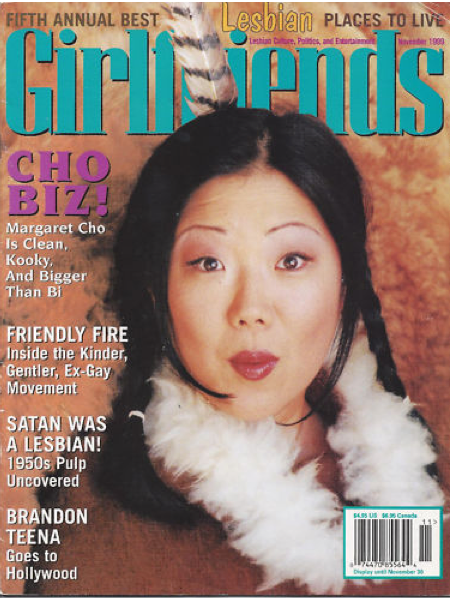
Girlfriends, 1999
Curve Magazine, one of the few lesbian publications still in print, launched in 1991 (as “Denavue”), and Girlfriends arrived three years later as “the magazine of lesbian enjoyment” and, later, “the word on lesbian lifestyle.” Started by a group of On Our Backs writers including Heather Findlay, the magazine was funded by Findlay’s mother but began turning a profit in 1998. Theme issues focused on topics like relationships, sex or gay pride, with a focus on the lesbian popular image. It ceased publication when it was sold to Underground Networks Inc along with its “naughty little sister,” On Our Backs, in 2006. The intention was to shift operations online, but that never came to pass.
30. Venus (1994 – 2007)
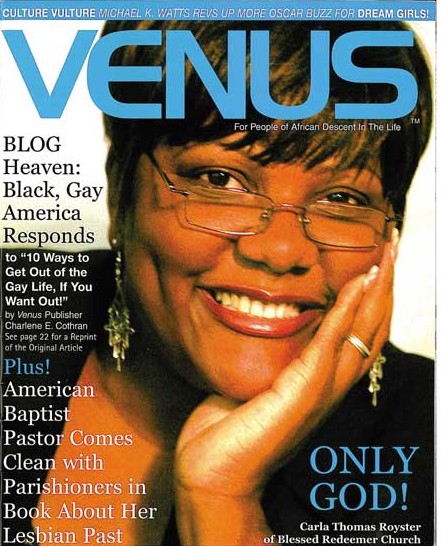
Unfortunately I couldn’t find an image of the magazine from before the switch
This magazine didn’t close in 2007, but it did something much worse — subscribers got a big surprise in 2007 with a cover story featuring publisher Charlene E. Cothran and her story entitled ‘Redeemed! 10 Ways to Get Out of “The Life” if You Want Out!” The next issue had another cover story on a “former” lesbian, Carla Thomas Royster. Rev. Irene Monroe, who had written for the publication before it made a deal with the ex-gay devil, lamented that, “Venus magazine was the first and only queer magazine owned and operated by a black lesbian that spoke to and about the unique intersections of being black and LGBT in both the African-American and white queer communities.”
31. Technodyke (2000 – 2008)
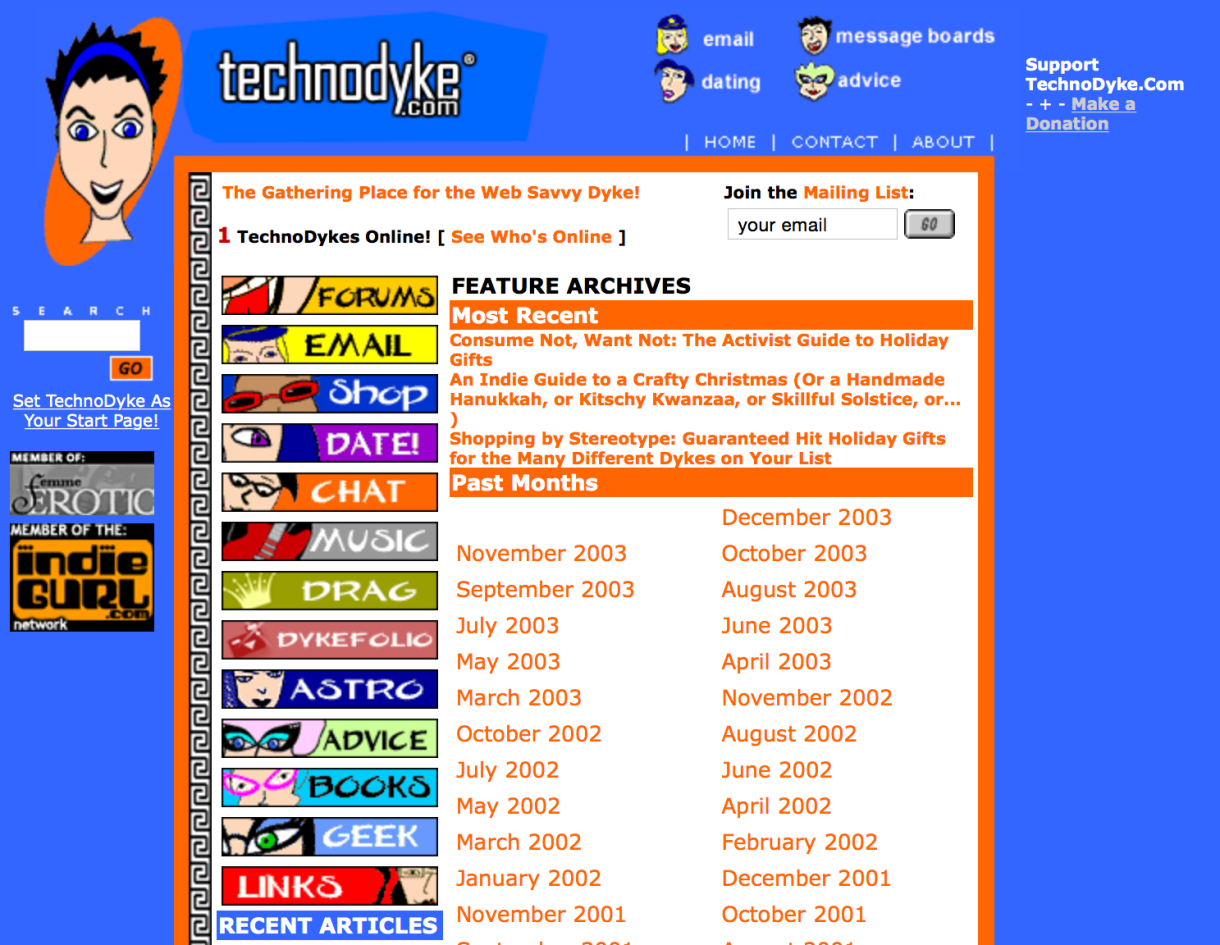
“If you know how to turn on a computer, and you’re a woman who loves women… (bi/trans/curious included!!!!) you’re a Techno Dyke!” announced the brightly-colored website, geared towards geeky web-savvy ladies with interests in tech and gaming, this early queer haven was described by The Advocate as “saturated with sassy artwork and sassy colors, this site offers no apologies — just strong, female-focused facts about computers, dating, life and coming out.” They went offline in 2008 when “Stacy’s activism found a new passion and focus.”
32. Harrington Lesbian Fiction Quarterly (2000 – 2008)
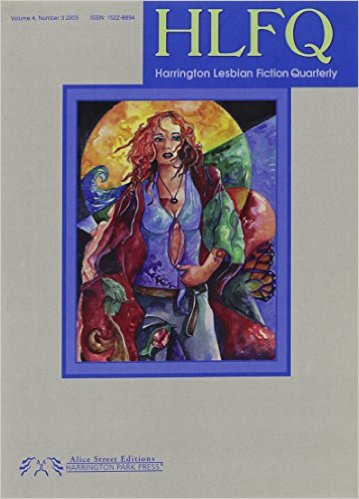
HHLFQ offered readers “fiction from new and established lesbian authors as well as essays on topics pertinent to lesbian life.”
33. Issues: The Magazine For Lesbians Of Color (2000 – 2002?)
This Oakland-based publication described itself as “Stylish, sexy and smart…everything that you are, we are.” It’s unclear when the magazine stopped publishing, but its former website has been taken over by Jews for Jesus.
34. AfterEllen (2002- 2016)

Well, I think we all know this story by now.
35. Jane and Jane Magazine (2006 – 2009)
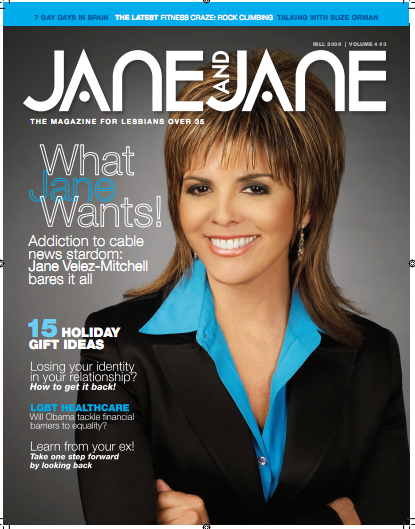
This “home and family” magazine for lesbians over 35 covered topics including parenting, relationships, health, travel, financial planning and cuisine. They steered clear of “weighty issues,” telling The Sacramento Bee in 2007, “we’re still very supportive of gay and lesbian causes, but we have to do it in a way that fits with our (magazine’s) mission.”
36. OurChart.com (2007-2009)
Inspired by the fictional “Chart” made popular by The L Word, OurChart.com was Showtime’s attempt at going multi-media and capitalizing on the popularity of their hot lesbian property. There was also a very clear and intentional desire to compete with AfterEllen. OurChart featured exclusives from L Word cast members and premiered the video series Girl Trash, as well as essays and news from queer writers (like me! And also our Executive Editor, Laneia!). But the site never really caught on: the social network itself was clunky and hard to navigate, the editorial voice never really found its footing, and the constant plugs within The L Word drove potential fans batty.
37. SheWired (2008 – 2016)
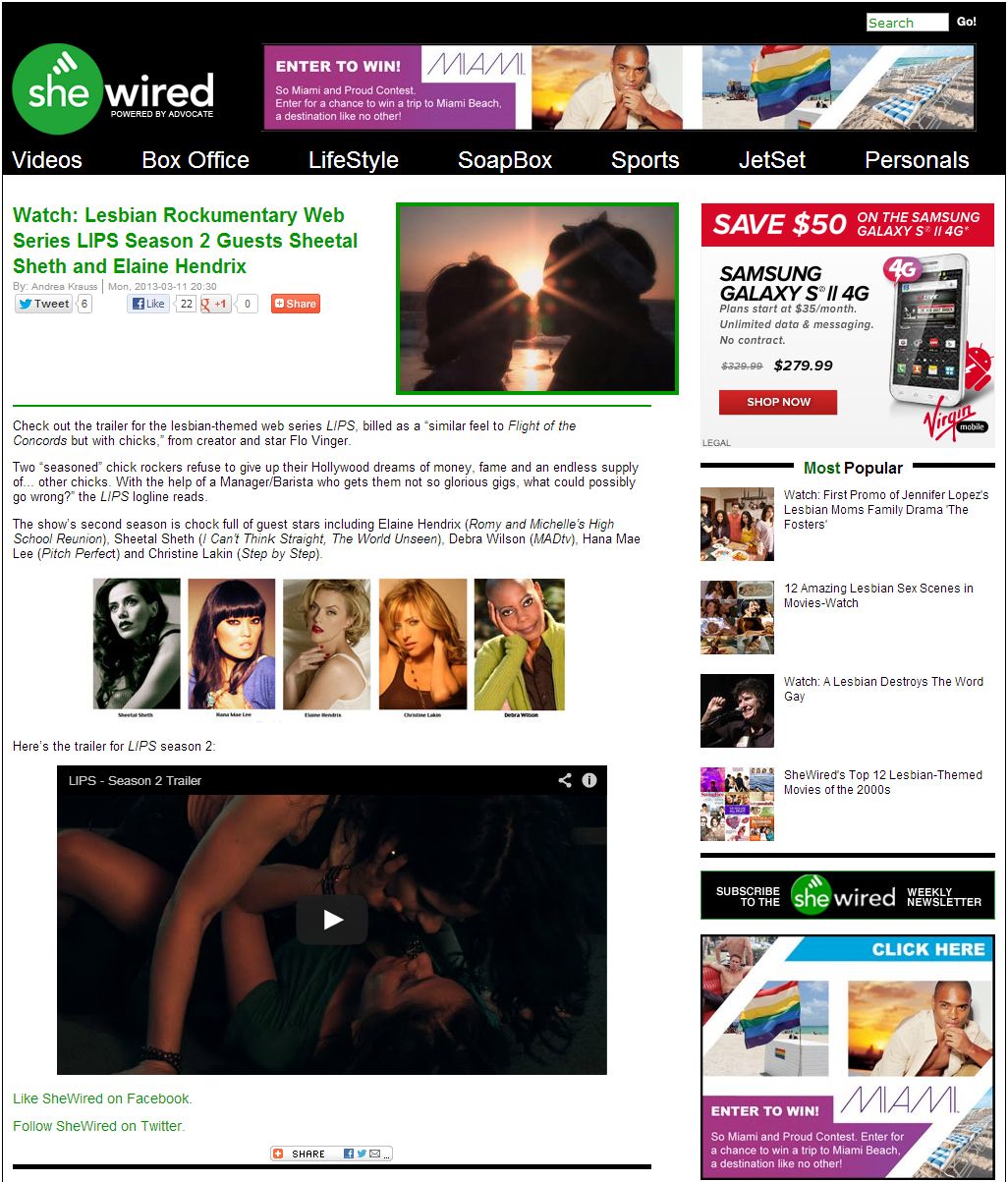
LGBT Publishing’s largest empire, Here Media, owns The Advocate, Out Magazine, Plus Magazine, Pride.com and Gay.com. SheWired was intended to be the women’s wing of their empire, but in 2016 the website ceased operations, telling readers, “an ongoing challenge we faced from the beginning was how to turn SheWired into a successful stand-alone business.” Female-focused content from the company and SheWired’s writers moved to a tag on Pride.com.
38. CherryGrrl (2009-2013)
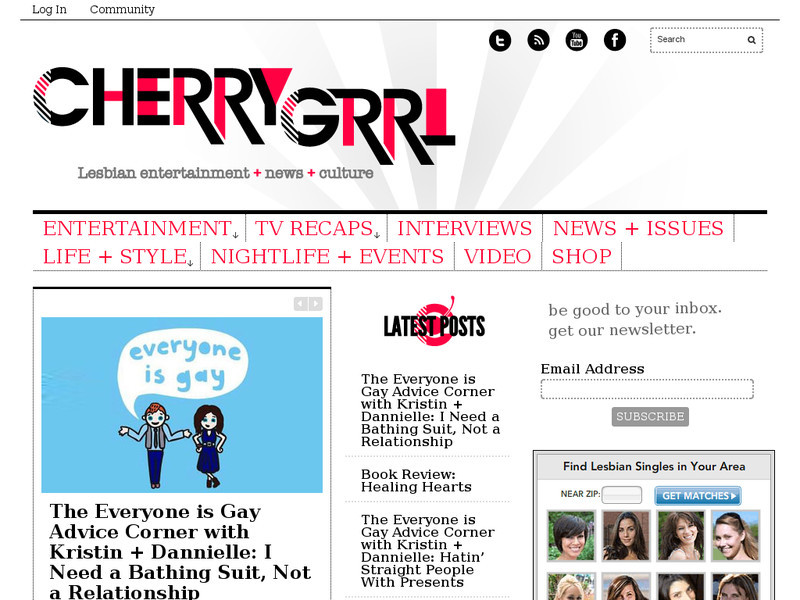
CherryGrrl, “a little website with the goal of bringing more visibility to lesbian projects,” published advice from Everyone is Gay and a series called “SO GAY” starring Morgan Hildebrand. It then vanished as quietly as it launched.
Some American publications that are mostly focused on queer women that still exist:
- Lesbian Connection (1974 – )
- The Lesbian News (1975-)
- Sinister Wisdom (1976 – )
- Maize: a Lesbian Country Magazine (1982 -)
- Curve Magazine (1990 -)
- Go Magazine (2001- )
- Velvet Park (2001-)
- Autostraddle (2009 – )
- The Seattle Lesbian (2010 – )
- Elixher (2011 -)
- Black Girl Dangerous (2011-) (BGD is not just for queer women, its focus is amplifying the voices of queer and trans people of color.)
- Tagg Magazine (2012-)


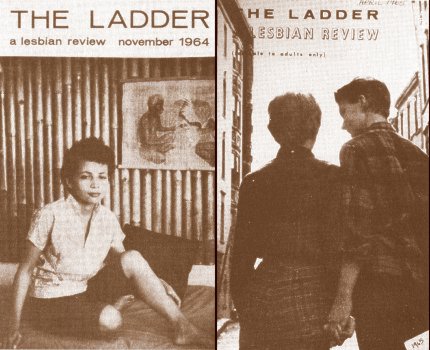
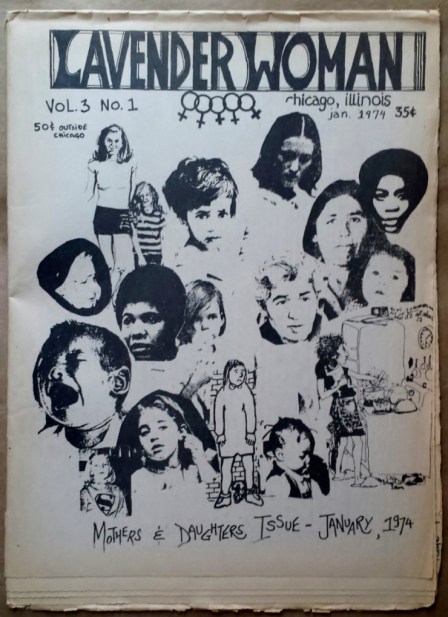
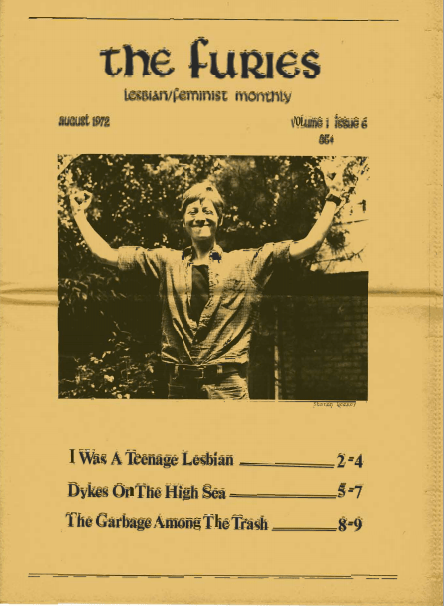
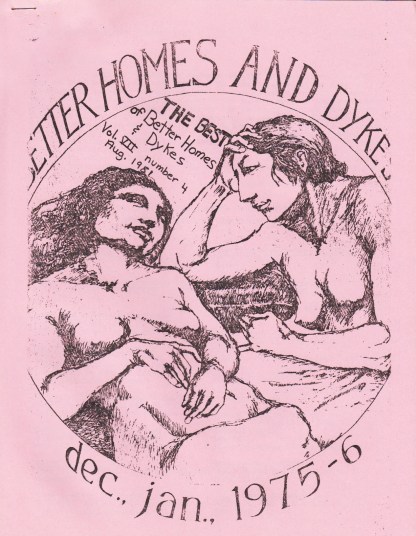
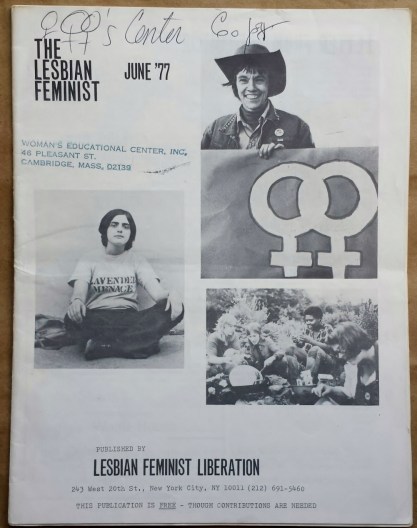
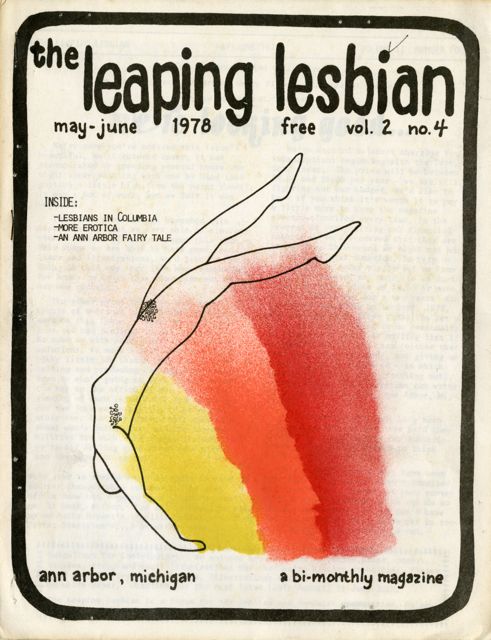
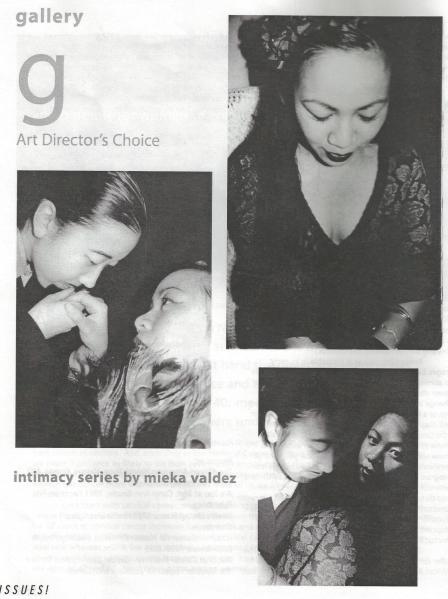


i love love love this! i did some research for a journalism project at UT and got to look through archival material of gay newspapers in Austin at the university library. i loved every minute of that project! it was surreal holding the actual papers of our foremothers/fathers/parents and reading their truths living in the 70s.
i really had no idea how many lesbian publications came before us. thanks for reminding us of how far we’ve come.
Hi. Thanks for including DYKE, A Quarterly in you article. Not sure why you have to include an opinion that “The writing is relatively personal and the writers are relatively inexperienced, offering the closest thing you can to reading the diary of, basically, middle-class white lesbian separatists in the mid-70’s”
Everybody who made these magazines was “relatively inexperienced” because, as women, as Lesbians, we were basically excluded from mainstream publications where we might have gotten some experience. And that’s part of what made these publications so exciting – we offered fresh voices, and a fresh point of view.
While only one article was presented in diary form, others were written as historical essays, including ones about pioneer 19th Century Lesbian photographer, Alice Austen, about Lesbian Hoboes, about Dykes Behind Bars, and critical analysis of Lesbian clothing. We reported on events all over the United States, discussed the politics of Lesbian Separatism, offered critiques and analysis of nuclear power and ecological/ climate change survival, wrote editorials on animal abuse. We wrote about Lesbian businesses, Lesbian publishers, reviewed contemporary and historical Lesbian literature. We published extensive reviews of Lesbian music and featured art and photography by some wonderful artists including Irene Young and Roberta Gregory. Our fourth issue was a four color poster by Debbie Dreschsler. We paid for everything we printed and our outstanding printing was done by the Lesbian Print Shop, Tower Press.
I think it’s a distortion to say that DYKE was just a diary of middle class white Lesbian Separatists. We were much more than that.
I’m happy to say that people have taken a new look at DYKE recently, with new appreciation. We are featured in the exhibit, Gay Gotham at The Museum of The City of NY, have been included in lectures at The Whitney Museum and Alice Austen House Museum, and were featured last year at The Leslie Lohman Museum of Lesbian and Gay Art in New York City.
DYKE was fearless, beautifully designed and has lasting historical, and herstorical, value. You can find out more at our online, annotated archive http://www.dykeaquarterly.com
Eek that was not at all meant as an insult, it was a positive thing, that’s part of what drew me to reading your entire archives when I discovered them five years ago. I added the white middle-class modifier ’cause i didn’t want people to be like “well that wasn’t the diary of ALL lesbians.” I didn’t give a complete picture of any magazine, but I did list a bunch of of the other stuff that was in DYKE before the line you take issue with. Plus there’s like, nothing wrong with personal writing? Or inexperienced writers? (most of our writers didn’t have much outside experience, if any, before beginning their work here, for unfortunately many of the same reason you cite) Like I loved it. I love your magazine. It’s okay if you’re mad at me but i do. I knew our readers would be more likely to check it out if they knew it involved personal writing, which not all these magazines do.
But I’ll remove the line, I meant no harm by it!
Well this has been sufficiently awkward
Hey Riese,
I’m so glad you loved DYKE. but it was a bit hard to tell from what you wrote. I agree, personal writing is so important. One of the things we thought was so important was to provide context for our readers, to let them know who we were, how we came to have our opinions and taste, Most readers thought this was a good idea, but sometimes, some readers thought we were just being petty. We were not. Opinions do not come to us out of thin air. But we did get a bunch of “angry letters” critiquing us for being too personal. Or being too opinionated. Or something.
We were middle class white Jewish Lesbians, and never tried to pretend otherwise. This was rare in those days. Many middle and upper middle class Lesbians were pretending to be working class when they were not, because they were afraid of the kinds of critiques we got. You can see, I’m still a bit sensitive to that. We tried to respond kindly, but it stung. And I’m so very glad that some 40 years later, DAQ is being recognized as an important contribution to Lesbian culture.
Please don’t remove anything from your review. The last thing I want to do is censor you.
posted a reply below.
This is so wonderful! I had no idea that lesbian magazines had been around for so long.
What ever happened to Effing Dykes? That horror story about the fake nails is something I still talk about to this day.
she went to go do other things, like she writes for rookie and stuff now.
That story is the one that brought me to Autostraddle back in the day. So I feel a very odd mix of horror and fondness when I think of it.
I remember sneaking to the bookstore as a teenager to read Venus magazine. So shocked at its outcome
This is amazing! So proud and thankful for this legacy; what a bunch of boss women. I laughed at the angry lesbian commenters part, heh.
Great article, not only for the content itself but also because it’s so important to have an historical archive of stuff like this.
Loved this! LOLed at Lavender Woman’s misandry over achievement :)
Seriously, Riese deserves a pulitzer for her listicles.
This is AWESOME.
First of all, thank you Riese for putting together this extensive list, I imagine it must have been a lot of research (although probably fun research because what is better than lesbian magazines?? but also sad research because so many of these are no longer publishing). Reading old magazines to get a glimpse of life in a different time or place is one of my favorite things to do, also queer media is one of my favorite things so this list is definitely in my top 10 favorite lists that Autostraddle’s ever published (and that’s saying something).
Second, thank you so much to all those who founded these magazines, wrote and edited them, published them, distributed them. I remember how alone and weird I felt before I started reading Autostraddle, etc. and I can’t imagine feeling that way before the Internet existed, and then coming across one of these magazines and realizing that you weren’t alone after all, that there were entire communities of people like you out there. Queer media is and always has been necessary!
You’re right about how amazing it was to find a lesbian magazine in the sixties and seventies. By the time that you did find something like a mag or broadsheet, you had probably found some community but a magazine was like a window onto the world. It’s amazing now to think that just a few pieces of paper was like finding a portal to another planet that was made with you in mind. Perhaps a bit like the internet now or A camp.
I still have some of my old issues of Deneuve magazine. When I was in high school I would go to Pack Square Library in downtown Asheville and try to find any lesbian material I could. It was the 80’s, there wasn’t much out there. Plus there was always the fear that someone I knew from high school would be there. It was like a completely different world then.
Articles digging into history are always ones I look forward to reading! The Ladder isn’t easy to get copies of, but my public library found a university willing to lend me a couple volumes. It’s exciting to read letters to the editor. Has anyone here visited the Lesbian Herstory Archives in NY? That’s always been a dream of mine :)
This is amazing and I love it but the dissent time it said to think that lesbian magazines dying has been happening for so long
Some of these magazines sound bi/transphobic(to trans women not trans men). Also you forgot one of the longest running lesbian blogs, Shoe.org. It helped me come out and it still has a great active forum for women into women.
Matrix was a Lesbian Feminist zine, that published for 5 years. We put out an issue every month, on
art, politics and culture. It was published in Olympia, WA from 1980 to 1985.
Oh wow, this is so interesting! I love seeing all the old publications.
I had completely forgotten about Cherry Grrl until now!
I had forgotten about cherry girl too
yeah they never really … stood out
Except for when I featured in one of the videos. Which was honestly a huge highlight of my lesbian life ok!
Another amazing lesbian history list! Thank you Riese!
these really well researched lists are really excellent, I appreciate all the work that went into making it happen!
I have a lot of affection for this kinda stuff, a friend got us a subscription to lesbian connection when we got hitched, and it’s like a lesbian bulletin board/analog chatroom, and feels very much like my endearing weird aunties are up to things I love to eavesdrop on.
altho it can skew a bit TERFy sometimes. that is disappointing. but generally, lots of ladies talking about their cats and that sort of thing.
I used to read through some of these that were on sale at certain bookstores and large newsstands back in the 70s and early 80s. But it was often difficult for someone in my position, because extremely transphobic content — akin to the worst of what’s on the Internet today — showed up on a fairly regular basis. So I gave up eventually.
Marinetti had not just the right one but the only approach to history. Concisely expressed in two words one of which is ‘it’. It is only because of that enlightened viewpoint one can actually consider folks on here to be people.
I don’t get what you’re trying to say.
An estimated 650 million people from around the world watched the moment on television.
“Recent years have brought a multitude of challenges to our organization, and despite incredible effort, we have concluded that we are unable to sustainably continue creating the quality content that our readers and supporters expect. It is with very heavy hearts that we tell you that Bitch Media will cease all operations in June, 2022. BitchMedia.org will remain active for the foreseeable future to serve as an archive.
We feel incredibly lucky to have turned what was once a stapled-together zine into a media organization that published a talented and diverse slate of new voices and inspired an incredible amount of loyalty from people who became not just readers but stakeholders in our work. And we are proud to leave a quarter-century legacy as a fresh, revitalizing voice in both contemporary feminism and independent publishing. We will miss all those who accompanied us on this journey. Thank you for everything.” :(